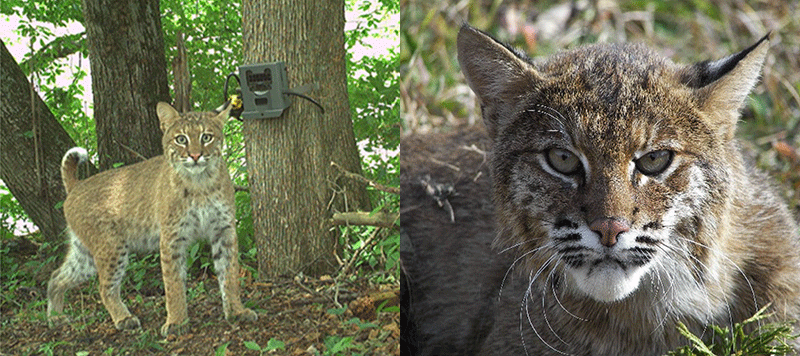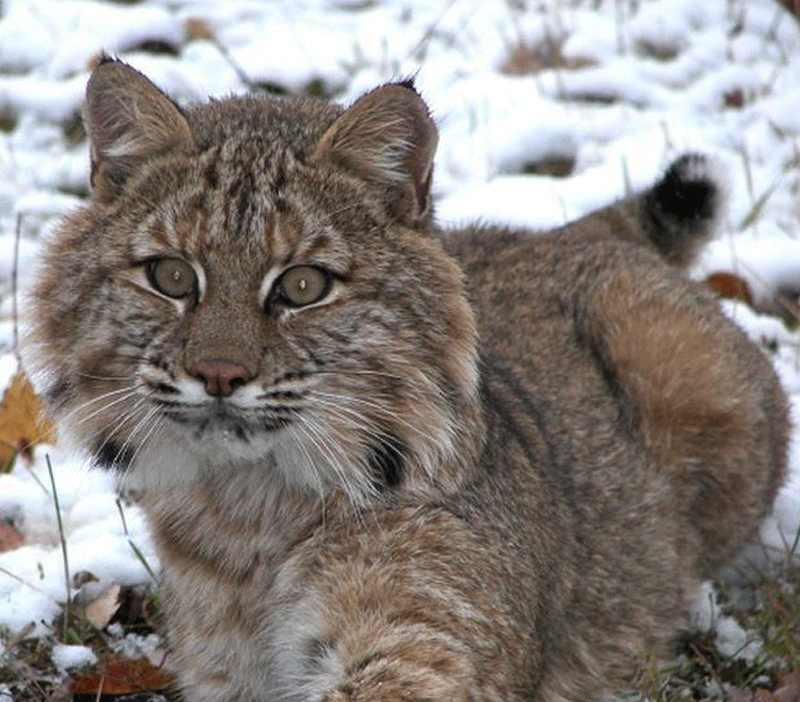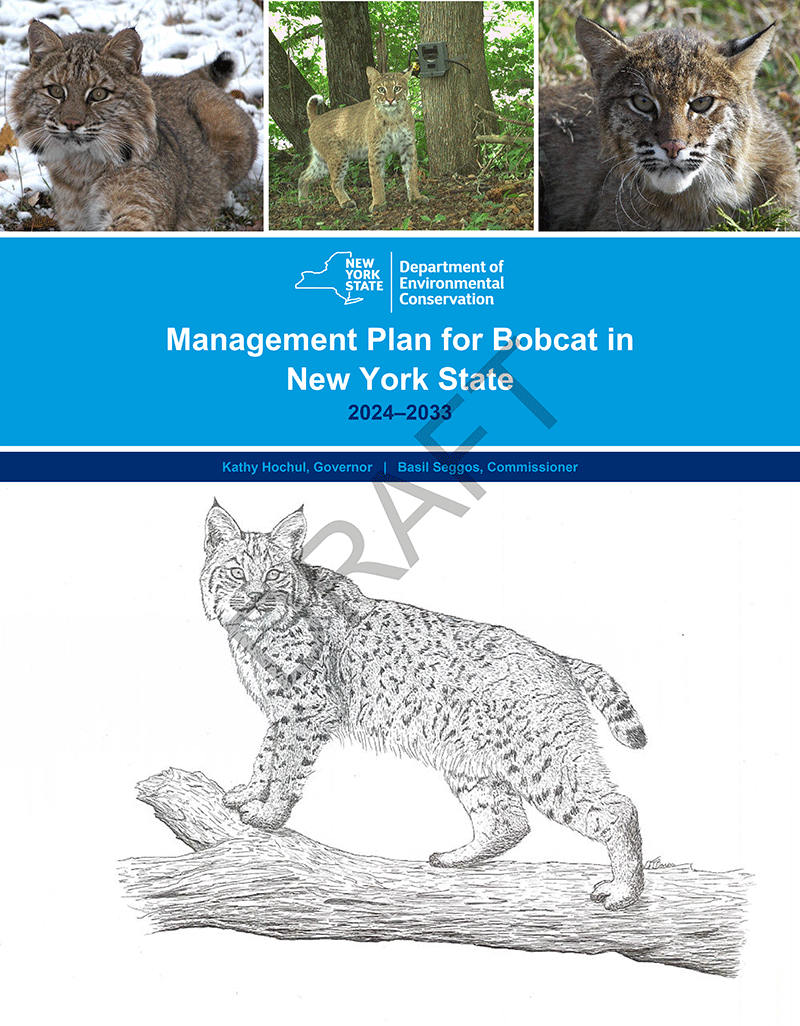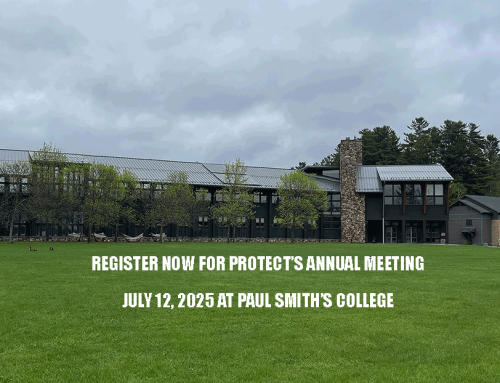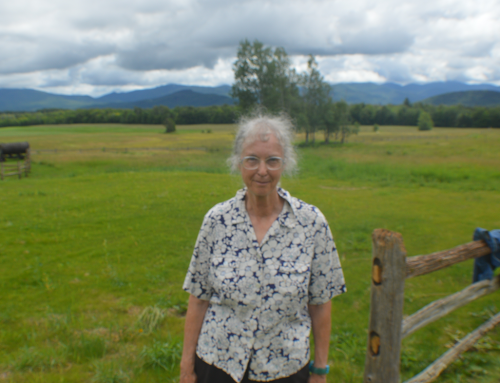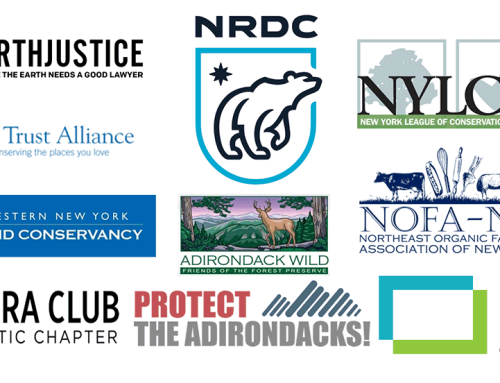These are hard times to be a bobcat in New York State.
The state’s annual bobcat hunting season just ended, which runs in the Adirondacks and Catskills for nearly four months from October 25th until February 15th. Bobcats are an important species in Upstate New York ecosystems because they are predators of rodents, squirrels, snowshoe hare, rabbits, and deer. New York’s bobcat hunting season is one of the longest among states in the Northeast, and there are no limits on how many bobcats an individual hunter/trapper can kill in a season. Bobcat hunting in New York was historically largely focused on the Adirondacks and Catskills and upper Hudson Valley. In 2013, it was expanded into parts of central New York, the Southern Tier, and the lower Hudson Valley, with a shorter 3- to 4-week season.
The expansion of bobcat hunting in 2013 was a central part of the Department of Environmental Conservation’s (DEC) 2012-2017 Bobcat Management Plan. The Plan coincided with Governor Andrew Cuomo’s “New York is Open for Hunting and Fishing” promotional campaign to drive tourism. Bobcats in the state were included with the state’s other game species, like white tail deer, waterfowl, and game birds. The use of wild animals like a bobcat as part of the state’s economic development planning was always a questionable decision by Cuomo and leaders at DEC. The 2012 plan not only extended bobcat hunting to more areas across the state, but it significantly lengthened the hunting season in the Adirondacks and Catskills.
Many northern New York counties paid bounties on bobcats before 1971, when the State Legislature passed a law ending such payments. DEC closed a large portion of the state to bobcat hunting after 1976 and, beginning in 1977, started a pelt tagging system to track the number of bobcats trapped or killed in areas open for bobcat hunting and trapping. Since 1998, New York records report that over 9,400 bobcats have been trapped and reported by licensed trappers. In that time, the annual harvest numbers have ranged from 200 a year from the late 1970s through the early 2000s, when the harvest number jumped to 400 to 500 per year, spiking in 2013 to over 800.
The 2013 spike was the result of the 2012 Bobcat Management Plan, which greatly expanded the areas in New York where bobcats could be hunted and trapped. More important than the opening of bobcat hunting in areas northwest and southeast of the Catskills and throughout the Southern Tier, was the bobcat pelt price. In 2013 fur auctions, bobcats were seeing prices on average of over $250, with top quality pelts going much higher, to $500 and more. These prices clearly had an impact on driving up bobcat trapping numbers. Today, bobcat pelts sell for less than $100.
The 2012 Bobcat plan estimated that the state’s bobcat population was around 5,000, but this estimate was based on interviews with trappers and assumed that since trappers were taking more bobcats the population must be increasing. Absent from DEC’s analysis was the incentive that higher bobcat pelt prices may have created for the increased bobcat take. Protect the Adirondacks criticized the 2012 bobcat plan for being based on pelt-price management.
DEC recently released a new draft Bobcat Management Plan that will run from 2024 to 2033. The major weakness of the new draft Bobcat Plan is that once again DEC has no reliable information on how many bobcats there are in the state. Since it does not know how many bobcats are in the state, DEC is only guessing on whether existing harvest levels are sustainable or whether the bobcat populations are being protected. From 2014 to 2020, the most current data from DEC, between 400 and 500 bobcats were reported each year for the annual hunt tally.
The draft Bobcat Plan is not based on reliable data that are necessary to meet DEC’s statutory obligations of sound management of the wildlife resources. Rather it is based primarily on subjective impressions and the harvest data of hunters and trappers that provide little scientific proof of objective findings. DEC stresses in the plan about its limited ability to conduct meaningful bobcat population surveys. DEC says:
Developing reliable estimates of wildlife population trends is crucial to the proper management of wildlife species, including bobcats. To date, most of DEC’s understanding of bobcat populations is from harvest data. Since harvest can vary annually due to a variety of factors unrelated to animal abundance (e.g., hunter effort, weather, fur prices), harvest-independent data is a more accurate reflection of wildlife populations. In addition, harvest-independent data provides information in areas without harvest seasons.
“Harvest independent” data is data collected in the field using established scientific methods, that can be widely replicated, to conduct a bobcat population census. DEC has not undertaken such a scientific inquiry.
While DEC acknowledges the limitations of its methodology for estimating the state’s bobcat population, it nevertheless hazards a crude guess that the bobcat population is stable or even increasing because hunters and trappers kill about 400 bobcats a year across the state. DEC data also attempts to explain away the 2013 “spike” of 800 killed in one year as based on an increase in the price of furs, but if successfully hunting 400 bobcats in a year shows stability, a spike to 800 would seem to undermine that conclusion. If 800 can be killed, instead of 400, exactly what is the population? DEC data also shows that in areas where hunting/trapping is allowed, “harvest success rates” have declined, “bobcat observations” have declined, and overall bobcat harvests have declined. These trends do not show “stability.”
The U.S. Geological Survey (USGS), which conducts a broad range of scientific analysis and surveys in the states, and has long partnered with DEC, wrote about the DEC bobcat plan:
“When the expanded seasons opened in 2013, high fur prices coupled with the novelty of a new season led to New York’s largest bobcat harvest in over 20 years. Since that first season, the harvest in the Harvest Expansion Area has declined. While this is likely primarily driven by decreases in pelt prices, the bobcat harvest in western wildlife management units (WMUs) remains lower than expected. These low harvest numbers make it difficult to estimate population trends using harvest data and raise concerns that the harvest may be negatively impacting the bobcat population in these areas.”
DEC helped to fund an 8-year study about wildlife populations across the Southern Tier of New York using camera traps that recorded the number of various species photographed. The study looked at populations of coyotes, red foxes, white-tailed deer, gray foxes, wild turkeys, and bobcats. This was an ambitious project, and one that should be widely expanded across New York and the Adirondack Park. This trail camera study was based on 62,895 sampling days at 2,995 sites across 27,000 square miles in central and western New York.
Using thousands of camera traps, the study recorded a total of 4,465 “independent detections” of deer, 1,026 detections of coyote, 1,678 of red fox, 281 of gray fox, 197 of eastern wild turkeys, and 116 detections of bobcat. This research, published in the February issue of Biological Conservation, states that New York’s “bobcat populations remain critically low.” Though DEC helped to finance this study, and now proposes a new 10-year plan, the Department ignores its conclusion and fails to cite this study in the new Bobcat Plan. A study excerpt states: “Despite recent recoveries elsewhere, bobcat populations in New York State displayed very low occupancy highlighting the necessity of monitoring to inform conservation action.” The upshot of this research is that a major recent scientific wildlife population study in New York State raised concerns about a low bobcat population in one part of the state that allows bobcat hunting.
Pennsylvania has a tightly regulated 23-day bobcat hunting season that limits one bobcat per license holder. Vermont’s hunting season is less than one month and its trapping season is just 16 days. New Hampshire and Connecticut closed their bobcat seasons years ago, and Ohio is studying its bobcat population and may propose a limited hunting season in the future. Maine and Massachusetts are similar in scope to New York – long seasons with no bag limits.
New York’s 2012 plan extended bobcat hunting into mid-February each year, deep into the heart of the winter. Winter stresses wildlife populations in New York and there was no scientific reason for lengthening the season. Winter stresses are compounded by hunting. The new DEC plan cites the extended season deep into February as an accomplishment, but this conclusion is based on a survey of “4,500 trappers and furbearer hunters to evaluate season date preferences for bobcats and other furbearers.” Surveying bobcat hunters and trappers about their desire for a longer hunting season is hardly a protocol for sound management by a regulatory and wildlife management agency.
DEC made a choice with the new bobcat plan to go with the observations of hunters and trappers to form its population estimate. As mentioned above, the new plan hedges, is almost apologetic about its limited data, but nevertheless blazes ahead with a recommendation to uphold the status quo for the next 10 years.
DEC needs to take the time and undertake the expense to conduct a proper scientific study on the state’s bobcat population and then make a new plan based on reliable population data. The one study we have in one part of the state where bobcat hunting is allowed found low numbers of bobcats. This should cause DEC to change course and figure out the best way to undertake a statewide bobcat census. DEC certainly should not forge ahead with a new 10-year plan that allows unlimited killing of bobcats during extremely long hunting and trapping seasons. The current draft Bobcat Plan is not supported by sufficient scientific data and should not be finalized.

